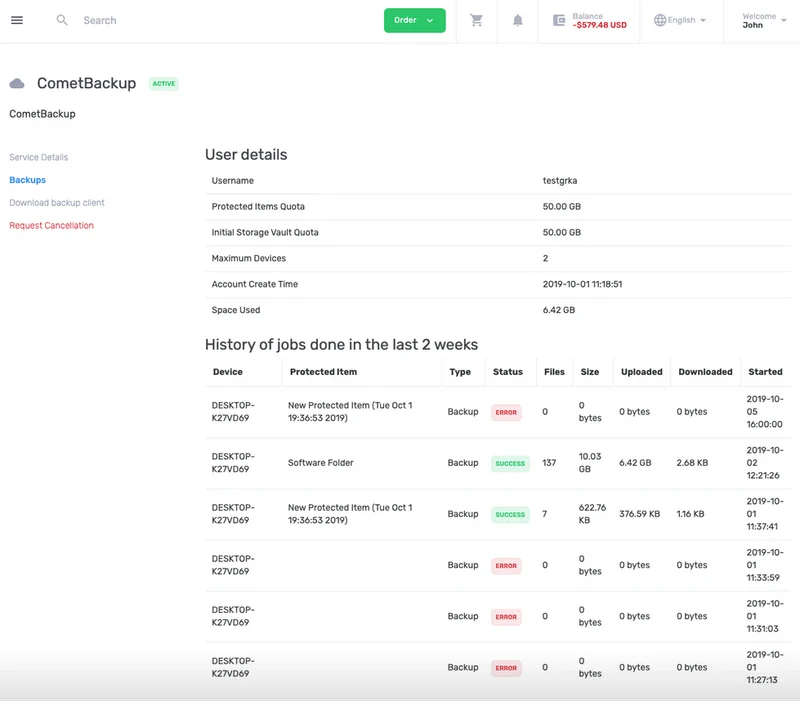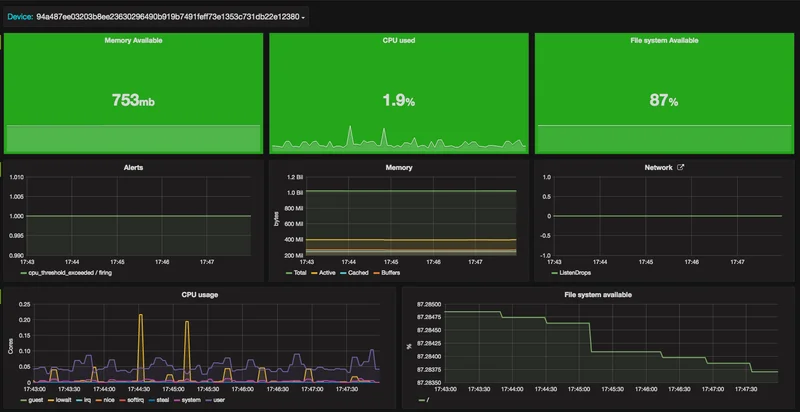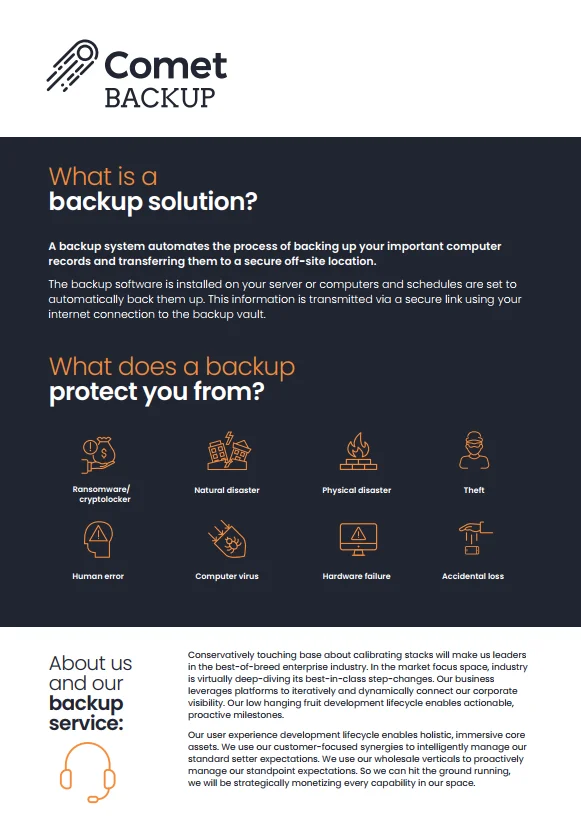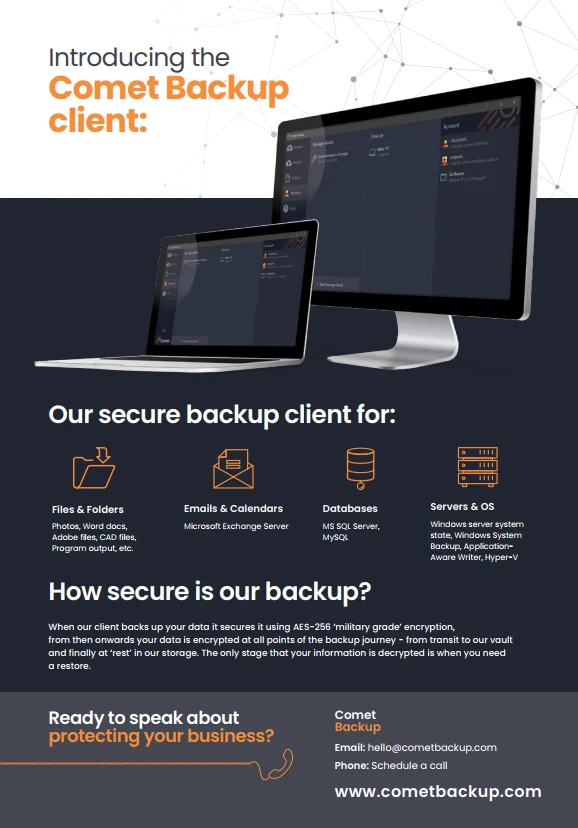Like many company leaders, due to government lock-downs, I’ve been forced into a change of scenery. Over the next few weeks, I’ll share some ideas and experiences from my background in business. We’re all in this together, I hope my ideas are useful to you in some way.
“Only those who will risk going too far can possibly find out how far one can go.”
- T.S. Eliot
What is the Entrepreneur Trap?
I have spoken to countless business owners whose business "used to be much larger". Regardless of the type of business, if I ask them about their story, it is always the same.
They Grew. They typically started as a sole trader, exploiting their own training or skill, be it architect, designer, programmer, plumber, whatever. They looked after their customers, gained a reputation and business grew. They hired staff to help. It was exciting. The trap was set...
Paperwork, HR and QC took over. They soon found themselves spending their evenings doing paperwork and their days relentlessly trying to manage a team, write proposals, manage stock and deal with quality issues that never existed when they were a sole trader. They tried to solve their personal workload issues by hiring more staff, but it never worked. They never quite figured out why it got so hard.
They downsized. Eventually, it got too much. They got rid of the staff - except for perhaps one or two. They got back on the tools. Stress reduced, and they made more money than they did as a larger company, vowing never to go back to it.
We all know someone like that. Perhaps it’s you. I call this the “Entrepreneur Trap”. The Entrepreneur treats their business as an extension of themselves, adding resources and marketability to their own skill, but never allowing the business to become a separate entity.
Avoiding the Entrepreneur Trap
Business owners need to find a way to overcome this trap. Their own involvement in the business actually holds it back. They need to ask the question "how can I sack me?". Every business owner thinks they are indispensable. It's never true, even when it appears the owner is essential.
Oprah Winfrey leveraged her own reputation to create her production company “Harpo”, and launched the “Oprah Winfrey Network” TV station. If a seemingly indispensable people can extract themselves from their own business as she did, then so can the plumber or architect. The question is "how?".
I've been on that journey with 5 businesses of my own. There is no simple answer, it's never the same, but there is always a way. Owners like the idea of being free of their business. I just think they're looking at it the wrong way. Their business needs to be free of them.
Thanks
Thanks for allowing me to share my ideas. I have enjoyed writing this series of posts and I hope you got something useful from them.
For those of you that have taken note of my signoff (below). The language is Te Reo Māori (The Māori Language), which is the native language of the indigenous people of New Zealand. Although not widely spoken, it is an official language of New Zealand (along with English and NZ Sign Language) and has undergone a resurgence in recent years.
I hope to share my thoughts in future Blog articles. But now that we are back in the office, and life is heading back towards our future normal, I'm going to sign off for now.

Kia mau, kia ū, otirā, kia haumaru (Hold fast, stay strong, furthermore be safe). Peter Thomas, Director, Comet Backup
Need help configuring computer backups?
A lot of our partners are using this downtime to migrate data backup customers to Comet. During this time, we are offering free hands-on support to customers wanting to migrate your computer backup customers to Comet Backup.
We can help with that.
- Comet has built-in tools to make migrating your backup customers from competitor software easy.
- We run regular computer backup webinars and we show you how easy it is to migrate data backup customers to Comet.
- Our team can provide hands-on setup and migration assistance, free of charge. Book an appointment here.






